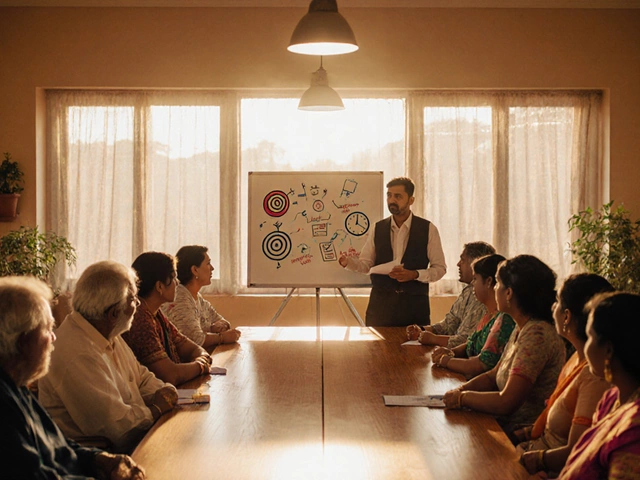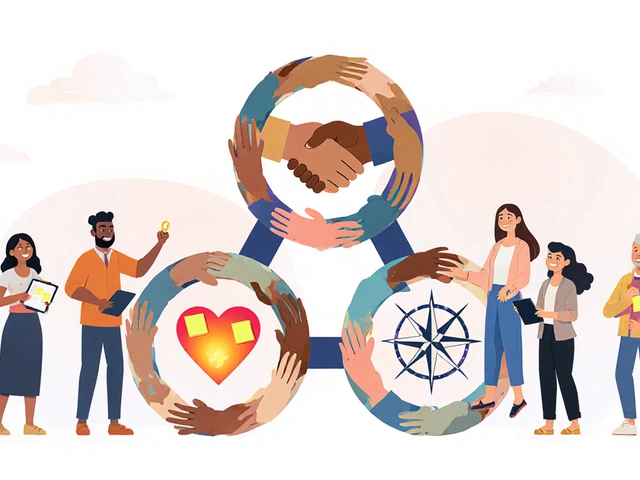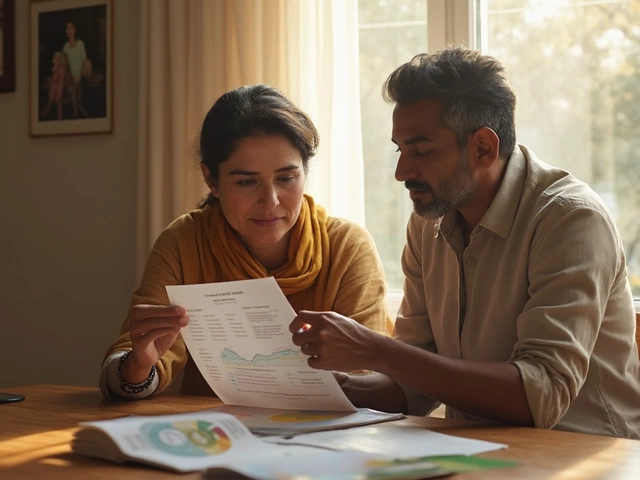Communication Channel Selector
Select Your Target Audience
Primary Channel Recommended for your audience and goal
Secondary Channel Additional channel to maximize reach
Why These Channels Work Best
Key Takeaways
- Define a clear purpose and measurable goals before you reach out.
- Map stakeholders, target audience, and volunteers early on.
- Pick communication channels that match your audience’s habits.
- Create a simple, repeatable outreach plan and track the right metrics.
- Adjust quickly based on feedback and data.
When you’re ready to launch an community outreach initiative, the biggest mistake is jumping straight into events without a plan. A solid outreach effort starts with a framework that tells you who you’re talking to, why it matters, and how you’ll know it’s working.
Community Outreach is a coordinated set of activities aimed at engaging local residents, organizations, or specific groups to address a shared need or goal. It can range from health‑promotion drives to environmental clean‑ups, and the steps below work for any cause.
1. Clarify Your Purpose and Goals
Start by answering three questions:
- What problem are you trying to solve?
- Who will benefit?
- Which outcome will tell you you succeeded?
Turn each answer into a SMART goal-Specific, Measurable, Achievable, Relevant, Time‑bound. For example, “Increase recycling rates in the downtown suburb by 15% within six months.”
2. Map Your Stakeholders
Stakeholders are anyone who can influence or be affected by your project. Use a simple spreadsheet to list:
- Names or groups (e.g., local council, schools, neighborhood watch)
- Interest level (high, medium, low)
- Preferred communication channel
Mark the most critical allies-those who can open doors, provide resources, or lend credibility.
Stakeholder an individual or organization with a vested interest in the outreach effort relationships help you prioritize outreach activities and allocate time wisely.
3. Define Your Target Audience
While stakeholders help you navigate the ecosystem, the target audience is the people you actually want to reach. Create a persona for each major segment:
- Demographics (age, language, location)
- Motivations (why they’d care about recycling, for example)
- Barriers (lack of bins, misinformation)
Knowing these details lets you tailor messages that feel personal, not generic.
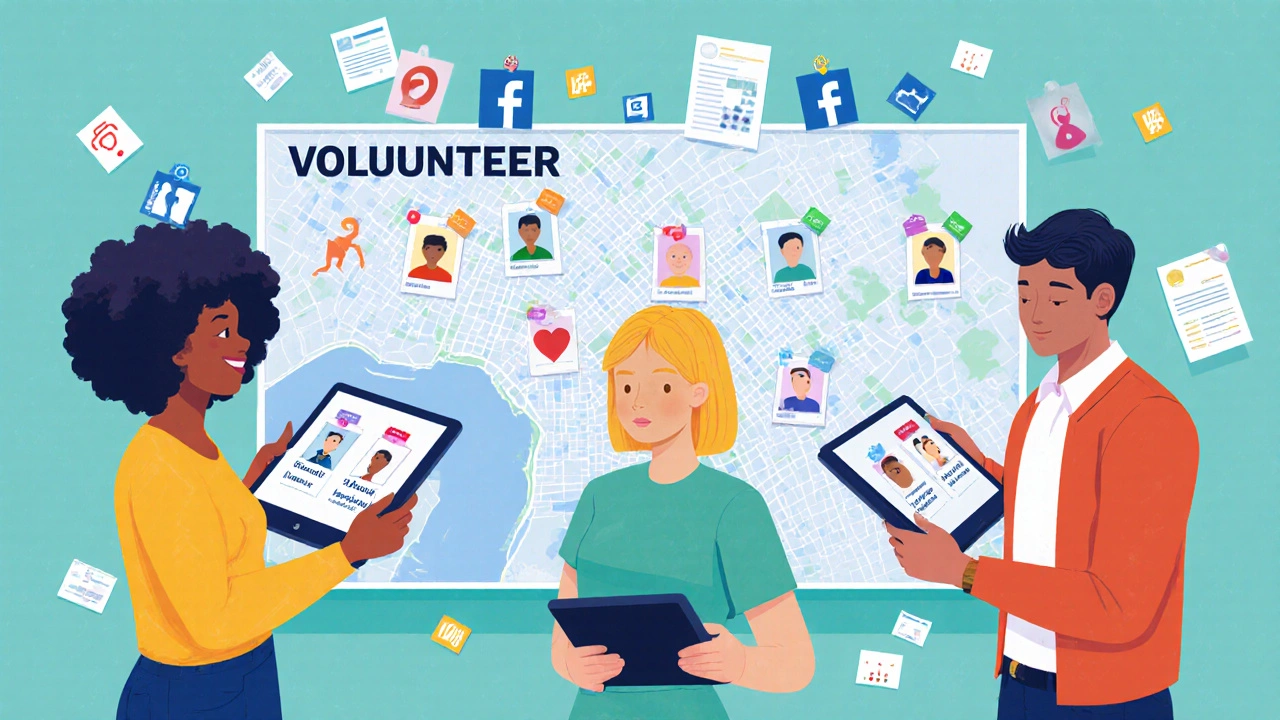
4. Build a Volunteer Base
Volunteers are the engine of most grassroots outreach. Draft a short role description that covers:
- Time commitment (e.g., 2 hours/week)
- Key tasks (flyer distribution, event setup)
- What they gain (skill building, community credit)
Post the description on community boards, social media groups, and local university portals. Offer a quick onboarding session to align expectations.
Volunteer a person who donates time and skills to support the outreach effort becomes your on‑the‑ground liaison with the audience.
5. Choose the Right Communication Channels
Not every channel works for every audience. Below is a quick comparison of common options.
| Channel | Pros | Cons | Best For |
|---|---|---|---|
| Flyers & Posters | Low cost, visible in local hubs | Limited reach, easy to ignore | Neighborhoods with high foot traffic |
| Social Media (Facebook Groups) | Targeted ads, easy sharing | Algorithm bias, requires regular posting | Younger adults, digitally active residents |
| Local Radio | Broad auditory reach, trusted medium | Production cost, limited interaction | Older demographic, commuters |
| Community Workshops | Direct engagement, immediate feedback | Logistics heavy, capacity limits | Hands‑on topics, skill‑building |
Pick two or three channels that together cover the majority of your audience personas. Mix high‑touch (workshops) with low‑touch (flyers) for balanced exposure.
Communication Channel a medium used to deliver outreach messages to the target audience should align with both audience preferences and budget.
6. Draft an Outreach Plan
Combine the pieces above into a living document. A typical plan includes:
- Goal statement and success metrics
- Stakeholder contact list
- Audience personas
- Volunteer roster and roles
- Channel schedule (what goes out when)
- Budget breakdown
Keep it concise-one‑to‑two pages for quick reference, plus an appendix with detailed timelines.
Outreach Plan a documented strategy outlining goals, audiences, tactics, resources, and timelines for the outreach effort is your roadmap; treat it like a checklist before each activity.
7. Allocate Budget and Resources
Even low‑cost campaigns need a line‑item budget. Typical categories:
- Printing (flyers, banners)
- Digital ad spend
- Venue fees for workshops
- Volunteer incentives (t‑shirts, meals)
- Miscellaneous (transport, permits)
Track every expense in a simple spreadsheet. If you’re a nonprofit, note any in‑kind donations for future grant reports.
Budget the financial plan outlining expected costs and sources of funding for the outreach project helps keep the project realistic and accountable.
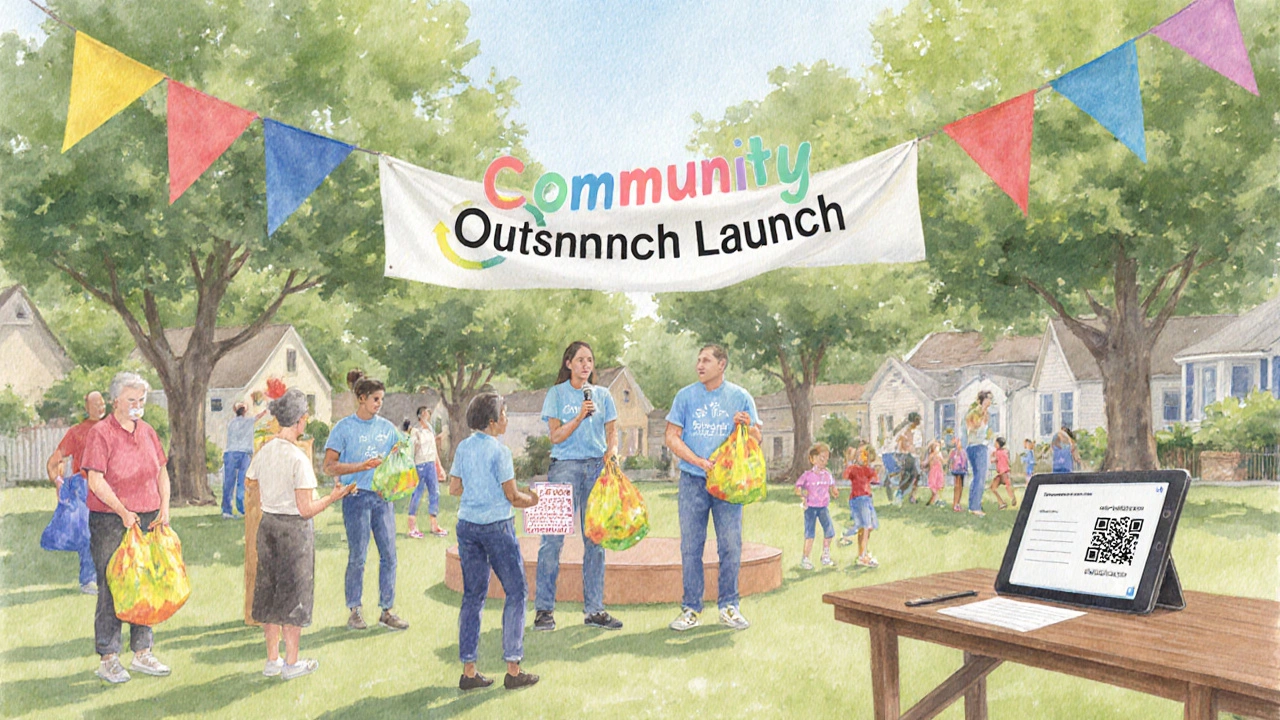
8. Launch and Engage
On launch day, follow this quick checklist:
- Confirm volunteers are on‑site and briefed.
- Test all communication materials (flyers printed, social posts scheduled).
- Set up a visible sign‑in sheet or digital form to capture participant data.
- Deliver the core message-keep it under 30 seconds.
- Encourage immediate action (e.g., sign a pledge, take a recycling bag).
Gather informal feedback on the spot; a single comment can reveal a hidden barrier.
9. Measure, Review, and Iterate
Metrics turn effort into evidence. Choose 2‑3 key indicators that match your SMART goal. Common outreach metrics include:
- Reach: number of people who saw the message (social impressions, flyer distribution count).
- Engagement: clicks, sign‑ups, or event attendance.
- Behavior change: pre‑ and post‑survey results, recycling volume, vaccination rates.
- Volunteer retention: % who stay for a second activity.
After the campaign, compare actual numbers to targets. Identify what worked, what fell short, and adjust the next plan accordingly.
Metrics quantitative data points used to evaluate the success of the outreach effort provide the proof you need for funders and future partners.
10. Common Pitfalls and Pro Tips
- Pitfall: Trying to reach everyone at once. Tip: Narrow focus; depth beats breadth.
- Pitfall: Ignoring stakeholder input. Tip: Hold a brief alignment meeting before launch.
- Pitfall: No follow‑up. Tip: Send a thank‑you note and next‑step invitation within 48 hours.
- Pitfall: Overcomplicating the plan. Tip: Keep the core plan to one page; use appendices for details.
Frequently Asked Questions
How long should an outreach plan be?
A concise plan fits on one to two pages, covering goals, audience, channels, timeline, and budget. Detailed timelines can live in an appendix.
Do I need a formal budget for a small community project?
Yes, even modest expenses (printing, refreshments) should be tracked. A simple spreadsheet with categories suffices.
What’s the best way to recruit volunteers?
Post clear role sheets on local Facebook groups, community bulletin boards, and university volunteer portals. Offer a short orientation and tangible benefits like skill badges.
How can I measure behavior change?
Use pre‑ and post‑surveys, or track concrete indicators (e.g., waste collected, vaccination appointments booked) before and after the campaign.
What if my first outreach attempt fails?
Treat it as a learning cycle. Review metrics, ask volunteers and participants what didn’t work, tweak the plan, and try again. Failure is data.
Starting a community outreach doesn’t have to be daunting. By defining a purpose, mapping stakeholders, selecting the right channels, and continuously measuring impact, you turn a good idea into real change.

